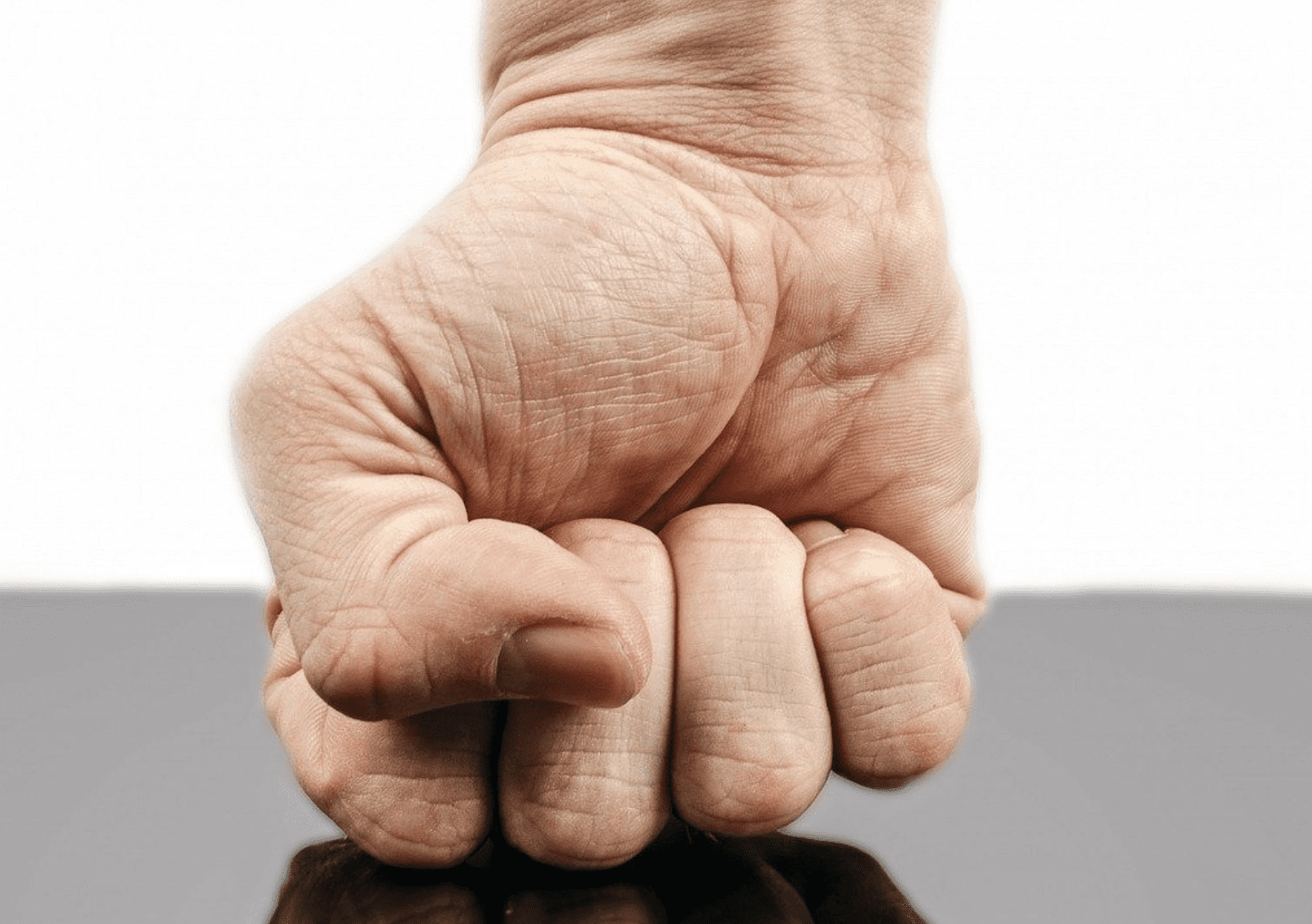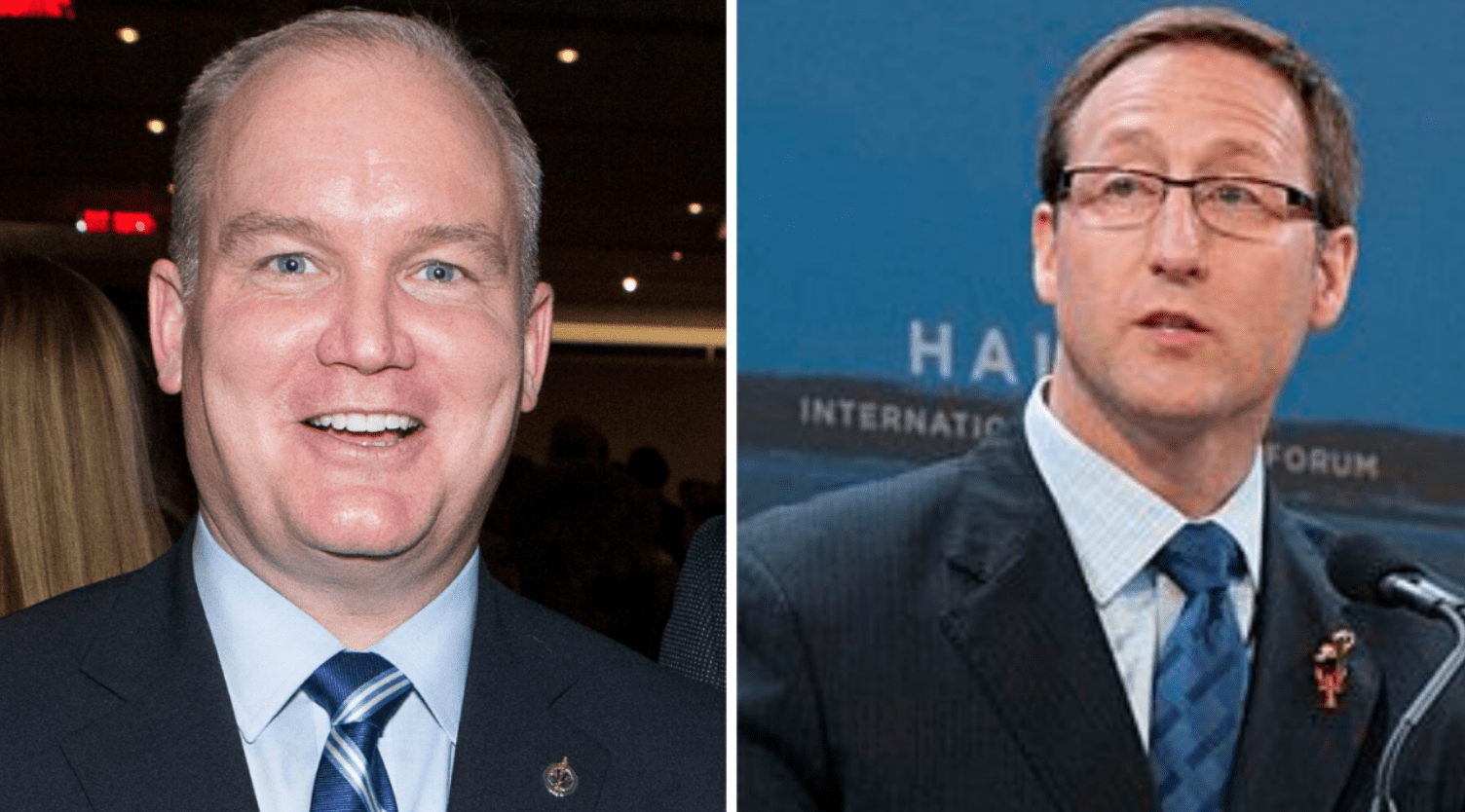"Violent crimes are committed by violent people, those who do not have the skills to manage their anger. Most homicides are committed by people with a history of violence."
—Laura L. Hayes, Ph.D. in psychology from George Washington University
Less than two weeks after the Nova Scotia shootings that killed 22 people, the centrist Liberal government announced an immediate ban on roughly 1,500 models of "assault-style" firearms, fulfilling a 2019 election campaign promise.
The political right, as expected, was vocal in its displeasure, trotting out such unconvincing tropes as liberties being infringed upon. But the political left was surprisingly quiet on the issue, especially considering that weapon bans don't address the root cause of violence: unresolved anger.
Don't misunderstand me: an assault-weapon ban is the correct decision. But it's merely one part of a multi-pronged solution and it's not even the most important component.
The United Kingdom and Australia have incredibly strict measures on gun ownership, and both have endured few mass shootings. However, it's worth noting that weapons used in Canada's mass shootings are often illegally obtained. A ban on certain categories of firearms may only prove effective if illegally-possessed guns used in crimes were initially obtained legally, but subsequently fell into the "wrong" hands by reducing the overall supply. But such a ban alone will do little to stop firearms trafficking across a porous border shared with arguably the world's most gun-obsessed country; in fact, it may encourage more, as organized crime smells opportunity.
Losing 22 people in a single day is undoubtedly a traumatic tragedy, and indeed the largest massacre in Canada since the late 1800s. But focusing efforts primarily on preventing future mass shootings would be a mistake. Less publicized incidents that each involve fewer victims, in aggregate, kill far more Canadians. For example, Toronto alone claimed 44 shooting homicides in 2019.
And nor should "assault-style" weapons be Canada's main focus. The humdrum reality is that most gun crime in Canada involves lowly hand guns, not more complicated firearms. According to Statistics Canada, hand guns were involved in the majority of shooting homicides in 2016.
Even more to the point, when it comes to homicide, it's not just guns we should be worried about. Between 1996 and 2016, the number of murders involving shootings and stabbings were roughly equal, while "beatings" trailed narrowly behind in third place. Canadians are more likely to be killed either by knife crime or physical assault than being shot.
In our efforts to minimize further violence, if we focus mostly on mass shootings and "assault-style" firearms, we risk tackling the conspicuous at the expense of what is actually most deadly.
Rather than focusing on how murder is perpetrated, we should take a page out of criminology and concentrate on motive. According to Statistics Canada, between 2009 and 2018, the top three reasons for homicide in Canada were "argument or quarrel," "frustration, anger or despair" and "settling of accounts."
Dr. Robert Agnew at Emory University has developed the "general strain theory," which remains popular within the field of criminology and supported by a significant amount of empirical evidence. It's based on the premise that crime, including violence, is primarily the consequence of emotional strain.
According to criminologist Scott Bonn in Psychology Today, most murders are "…committed spontaneously and in anger (known as voluntary manslaughter) than those committed with premeditation and after careful deliberation."
So while Canada's political centre and right bicker over which types of weapons should be banned, a better focus would be on reducing the primary cause of homicide: unresolved anger. This would also address a major motive of domestic assault, road rage and other physical confrontations.
Also pertinent to prevention efforts is the fact that most murders are committed by people who have already acted violently.
"In a summary of studies on murder and prior record of violence, Don Kates and Gary Mauser found that 80 to 90 percent of murderers had prior police records, in contrast to 15 percent of American adults overall," psychologist Laura L. Hayes noted in Slate. "In a study of domestic murderers, 46 percent of the perpetrators had had a restraining order against them at some time. Family murders are preceded by prior domestic violence more than 90 percent of the time. Violent crimes are committed by people who lack the skills to modulate anger, express it constructively, and move beyond it."
So rather than focusing on reducing weapon availability, we need to be looking at how Canadians resolve their anger. At present, the cost of receiving anger management is not covered by most public healthcare systems across Canada, unless someone is ordered to attend by a court of law. If someone is aware of their personal need for such therapy, should such a service not be considered a social good (and thus paid for by the public purse), especially in light of last month's shootings?
Perhaps even more important is that anger management receives scant attention in our public education system; childhood and adolescence would be the ideal time to teach people healthy habits.
Disappointingly, the federal NDP has been largely silent as an opposition party on the need to incorporate anger management into the public healthcare and school systems. Leader Jagmeet Singh has been largely supportive of the Liberal government's actions thus far, suggesting that, at least for the time being, Canada's conversation on reducing homicide will be largely confined to discussing weapon bans.
Rather than reacting to large-scale homicides and focusing on the type of weapons used, Canada must listen to the plethora of advice from experts, including psychologists and criminologists, to instead focus primarily on treating unresolved anger. Emotional management therapy should be covered by the public healthcare system, and voluntary participation be made available. Schools should teach children appropriate ways to react when they become angry, as such habits will become cemented as lifelong behaviour.
Canadian voters should be conscious that these changes will ultimately only be adopted if we elect provincial governments that prioritize investing in rather than financially starving our public healthcare and education systems.
Photo Credit: Pixabay








